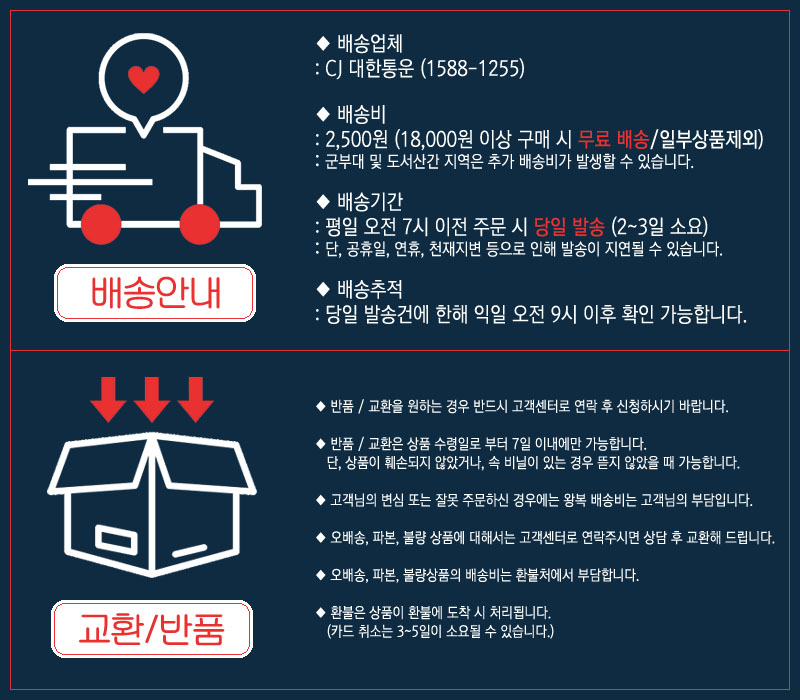VACTOR

도서명:VACTOR
저자/출판사:Andrew H. Kim/행복에너지
쪽수:432쪽
출판일:2023-08-22
ISBN:9791192486918
목차
Preface 004
Acclaim for Andrew KIM and ABLE education 012
Praise for 〈Vactor: A Pioneer of Excellence and Prosperity〉 016
Prologue 026
Part I.
Space between Stimulus and Response: Decision and Choice
Chapter 01. Map to understand the world: Mental Models
1. Perspectives on Human beings 041
1) Psychoanalysis and Behaviorism 041
2) Cognitive Development Theory and “Cognitive Revolution” 045
2. How does the human brain process “information” 046
3. Mental Models (MM) 052
4. Functions of Mental Models 060
5. Mental Models as Lenses, Biases and Tools 065
1) Lenses 066
2) Biases 068
3) Tools 070
6. Hard mental models and Soft mental models 075
Chapter 02. Understanding how the System works
1. Systems and Mental Models 086
1) What is a System? 086
2) System and IPO model 091
3) Little’s Law 093
2. Mechanism of some Systems 100
1) A system called a fan 100
2) “Organizations” and “Corporations” 106
3) Business system 110
4) System called “Capitalism” 112
5) The system of “Money”: Compounding and Leverage 122
Chapter 03. Improvement and Utilization of the System
Before started 130
1. How to improve the system 131
1) One Level Higher 131
2) Theory of Constraints 134
3) First principle 141
2. Use of feedback loop 145
1) Understanding feedback loops: some example 147
2) Use of feedback loop 149
3) What well-designed feedback loops have in common 152
3. A system called “Luck” 155
1) Magic potion 156
2) 4 stages of luck and “luck surface area” 156
3) Improving the luck system: 5 ways to increase your “luck surface area”158
Chapter 04. Decision-making methods for value creation
Before started 161
1. Making a decision 163
1) Long-term: Regret Minimization 163
2) Medium-term: Pareto Principle 166
3) Short-term: ICE 167
4) Immediate: Eisenhower Matrix 170
2. Systems thinking 171
3. Game theory 180
4. Second-order thinking 187
5. Marginal thinking and sub goals 191
1) Marginal thinking and holistic thinking 191
2) Sub goal 197
6. Numeracy and Analytical Thinking 200
7. Optimization: Linear Programming 207
8. Probabilistic Decision Making 211
1) Bad Decisions but Luck vs. Good decisions but bad luck 214
2) Think Like a Poker Player 215
3) How to think of betting in three steps 215
9. Backwards reasoning 217
10. The 3 stages of decision making and simplification 221
Part II. Competence and Performance
Chapter 05. Meta-cognition and Circle of Competence
1. Value creation and Competence 230
2. Competence and Meta-cognition 236
3. Competence and Circle of Competence 247
1) What is the circle of competence? 247
2) If so, how can you find your circle of competence? 251
4. Negative capability 254
Chapter 06. Pareto’s Principle
Episode: Reverend John Maxwell 263
1. Non-linear: efforts and results 265
2. Pareto Principle and Performance 268
3. Focus on High-value areas! 276
4. Practice the Pareto Principle! 284
Chapter 07. A Critical Review of the 10,000-hour rule
1. 10,000-Hour rule 287
2. Original source of the 10,000 hour rule 288
3. In-depth review of the 10,000 hour rule: 292
1) When effort and performance are not related. (Luck) 292
2) If the aptitude is not right for you 294
3) When the amount of effort is not enough 297
4) When quality is more important than quantity of effort 298
4. A more realistic alternative for us 299
Part III. Mindsets
Chapter 08. Expansion and Strengthening of Competence
Before Started 304
1. What’s wrong with staying in your comfort zone? 305
1) If you settle in your comfort zone, there is no growth,
but rather stagnation. 305
2) Comfort zone and safety zone are not the same.
And the safety zone changes. 308
2. Get out of your comfort zone? 311
1) Model 1: comfort zone → fear zone →
learning zone → growth zone 312
2) Model 2: comfort zone →
“Stretch zone” → panic zone 314
3) Synthesis of the two models 315
3. Mindset that drives people 321
1) Fixed mindset and Growth mindset 321
2) From limits of Growth mindset to Vactor mindset 323
4. What are the beliefs that give us strength? 328
1) Message from Steve Jobs 329
2) The Grounds and Amazing Power of Beliefs: The Hidden Link to the Growth Mindset (or Vactor Mindset) 332
Further reading: An episode of Dr. Youngwoo Kang 338
Chapter 09. Value creation based on the Plus-sum mindset
1. Competition and Zero-sum 344
2. Plus-sum and Plus-sum mindset 348
3. How to create value? 357
4. How to create value? : Case Study 364
Further reading: 〈One red paperclip〉-from Plus-sum 369
Part IV. Social Networks
Chapter 10. The Impact of Social Networks on Success and Prosperity
1. How did Einstein become a celebrity? 384
2. Mixed fortunes of SAMO partners 394
3. Lessons from Einstein and Basquiat 401
4. Social Networks 410
1) Weak ties 410
2) Success formula : “3 Elements of Success, PIE” 415
3) Value network 417
Epilogue 424
